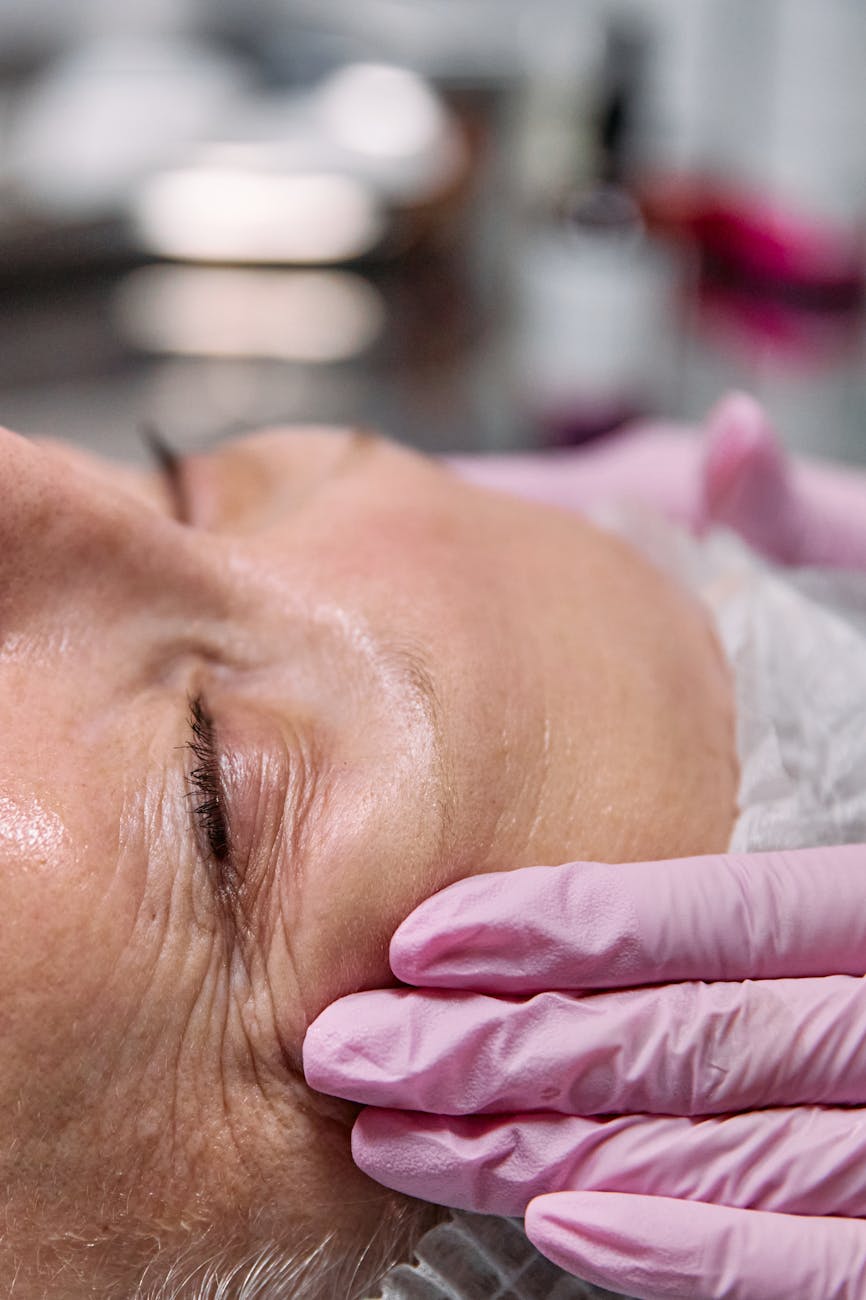

For individuals living with respiratory conditions such as COPD, asthma, or long-COVID, maintaining an active and comfortable lifestyle is a top priority. Supplemental oxygen therapy is often a crucial part of managing these conditions. Thankfully, the days of being tethered to bulky, inconvenient oxygen tanks are fading. Modern oxygen concentrators offer a safe, reliable, and cost-effective solution for receiving prescribed oxygen in the comfort of your own home. These devices provide newfound freedom and peace of mind. This guide will navigate the essential aspects of choosing the best oxygen concentrator for your home use in 2024, breaking down the types, key features, and top models on the market to help you make a well-informed decision with your healthcare provider.
Before diving into specific models, it’s important to grasp what an oxygen concentrator is and how it functions. Unlike an oxygen tank which stores a finite amount of compressed oxygen, a concentrator is a sophisticated medical device that creates its own purified oxygen. It works by drawing in the ambient air from a room, which is about 21% oxygen and 78% nitrogen. The machine then uses a filter system, typically a molecular sieve, to separate and remove the nitrogen, delivering a continuous supply of highly concentrated oxygen (usually 87% to 96% pure) to the user through a nasal cannula or mask. This process eliminates the need for refills, making it a more convenient and often safer long-term solution. It is critical to remember that an oxygen concentrator is a prescription device. You must consult with your doctor to determine the appropriate flow rate and usage schedule for your specific medical needs.
The first major decision you’ll face is choosing between a stationary or a portable oxygen concentrator (POC). Your choice will largely depend on your prescription and how active you are.
Stationary oxygen concentrators are the workhorses of home oxygen therapy. These units are larger, heavier, and designed to be plugged into a wall outlet. Their main advantage is the ability to provide a high, continuous flow of oxygen, often up to 10 liters per minute (LPM). This makes them the ideal choice for patients who require significant oxygen support, especially during sleep when breathing patterns can change. While not designed for travel, they are often paired with long tubing to allow for movement around the house. They are generally more durable and affordable than their portable counterparts.
Portable oxygen concentrators (POCs) are designed for freedom and mobility. These devices are lightweight, compact, and run on rechargeable batteries, allowing you to go shopping, visit family, or even travel. Most POCs operate on a pulse dose delivery system, which intelligently provides a puff of oxygen when it detects inhalation. This is more efficient and conserves battery life. Some larger POCs also offer a continuous flow option, providing a versatile solution. A POC is perfect for active users who don’t want their oxygen therapy to limit their lifestyle.
Once you’ve decided between a stationary and portable model, several key features will help you narrow down the options. Always prioritize your doctor’s prescription first and foremost.
Choosing a specific model can be overwhelming. To simplify the process, we’ve compared some of the leading stationary and portable oxygen concentrators known for their reliability and performance. This comparison should serve as a starting point for your discussion with your healthcare provider.
| Model | Type | Flow Type | Max Flow / Setting | Weight (lbs) | Battery Life (Pulse Setting 2) | Noise Level (dBA) |
|---|---|---|---|---|---|---|
| Philips Respironics EverFlo | Stationary | Continuous | 5 LPM | 31 | N/A (AC Power) | ~45 |
| Inogen One G5 | Portable | Pulse Dose | Setting 6 | 4.7 | Up to 6.5 hours | ~38 |
| CAIRE SeQual Eclipse 5 | Portable | Pulse & Continuous | Pulse 9 / Continuous 3 LPM | 18.4 | Up to 3.7 hours | ~48 |
| Respironics SimplyGo Mini | Portable | Pulse Dose | Setting 5 | 5 | Up to 4.5 hours | ~43 |
The Philips Respironics EverFlo is a benchmark for stationary concentrators. It is known for its quiet operation and reliability, making it perfect for users who need continuous flow at home, particularly overnight. For those seeking ultimate portability, the Inogen One G5 is a top contender. It is incredibly lightweight and offers excellent battery life for its size, ideal for active users on pulse dose prescriptions. If your needs are more demanding and require both pulse and continuous flow in a transportable package, the CAIRE SeQual Eclipse 5 is a powerful, albeit heavier, hybrid solution. Finally, the Respironics SimplyGo Mini offers a great balance of weight, power, and sleek design for pulse dose users.
Choosing the right oxygen concentrator is a significant decision that directly impacts your health and quality of life. By understanding the fundamental differences between stationary and portable units, and carefully evaluating key features like flow rate, weight, battery life, and noise level, you can find a device that seamlessly integrates into your daily routine. We’ve explored some of the top models of 2024, from the dependable stationary EverFlo to the lightweight portable Inogen One G5, each serving different needs. Ultimately, the “best” oxygen concentrator is the one that meets your medical prescription and fits your lifestyle. Always start by consulting your doctor. They will provide the necessary prescription and guidance to ensure you select a safe and effective device for your journey toward better breathing and greater independence.
Consistent and reliable shipping – that's our promise.
Your payment information is safe with our secure systems.
We're here to help! Get fast and friendly solutions to your questions.
Shop with confidence. Money back guaranteed.
BDMEDI is a trusted medical equipment provider in Bangladesh. We offer oxygen concentrators, wheelchairs, and other essential health products both online and offline — ensuring quality service at an affordable price.
+880-17116-33404
